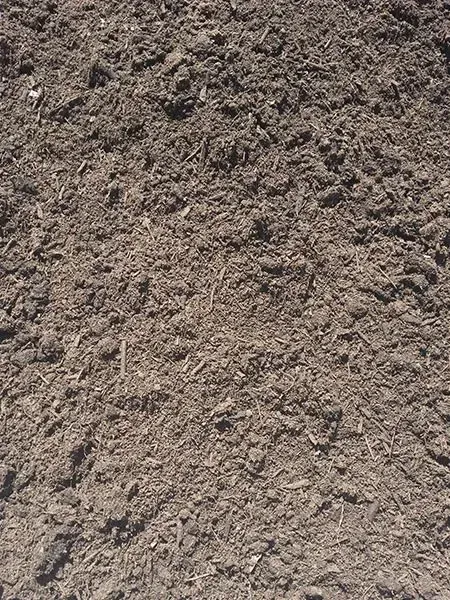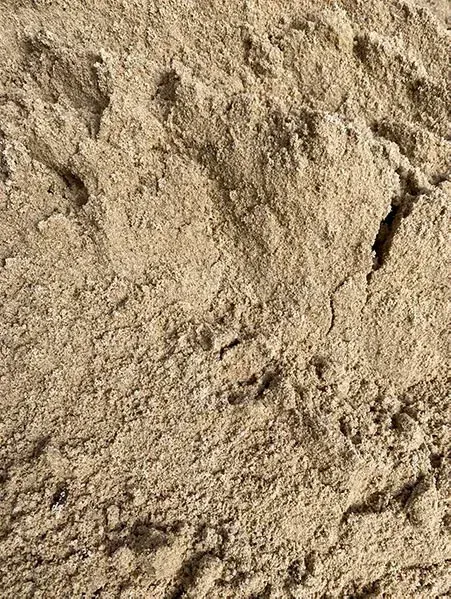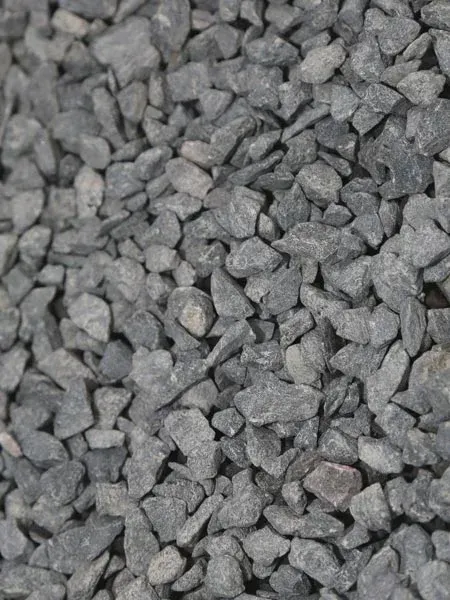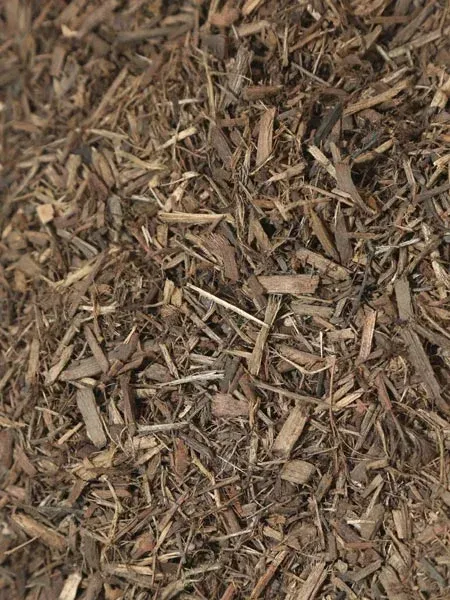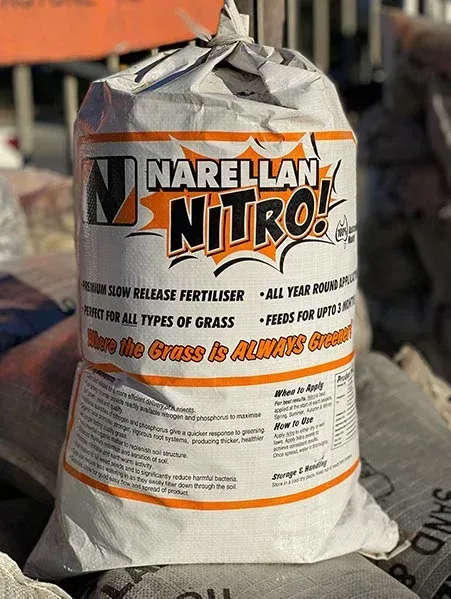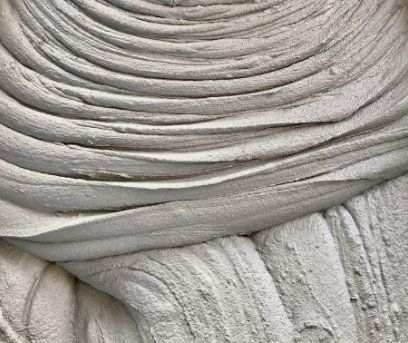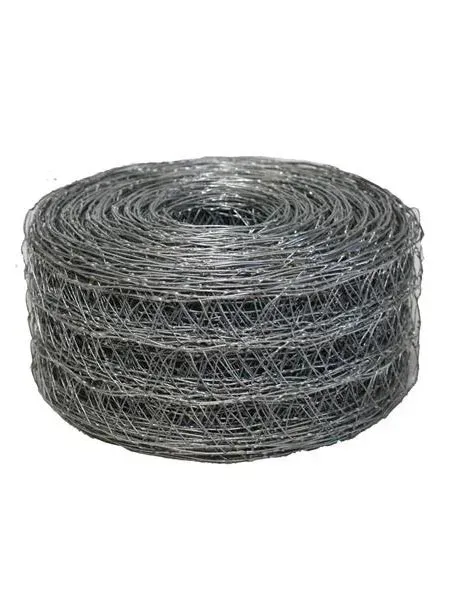When it comes to gardening, soil is the foundation for healthy plants. However, the terms "garden soil" and "garden mix" are often used interchangeably, leading to confusion among gardeners. In this blog post, we will explore the key differences between these two types of soil and help you understand which one is best suited for your gardening needs.
Which is the best option for your garden?
Garden soil
Garden soil, also known as topsoil, refers to the natural soil found in your garden. It is typically composed of a mixture of mineral particles, organic matter, water, and air. Garden soil is often rich in nutrients and microorganisms, which are essential for plant growth. However, the quality of garden soil can vary depending on factors such as location, climate, and previous land use. It may require amendments such as compost, fertiliser, or lime to improve its fertility and structure.
Garden mix
On the other hand,
garden mix is a man-made soil blend that is specifically formulated for gardening purposes. It is typically a combination of garden soil, compost, peat moss, and other organic materials. The purpose of garden mix is to provide an ideal growing environment for plants by ensuring good drainage, moisture retention, and nutrient availability. Garden mix is often used in raised beds, containers, and areas where the existing soil is poor or compacted.
Contact Narellan Sand, Soil & Garden Supplies
In summary, the main difference between
garden soil and garden mix lies in their composition.
Garden soil refers to the natural soil found in your garden, while garden mix is a human-made blend that includes garden soil along with other organic materials.
Garden soil can vary in quality and may require amendments, while garden mix is specifically designed to provide optimal growing conditions for plants. It is essential to assess the needs of your garden and choose the appropriate soil type accordingly.

